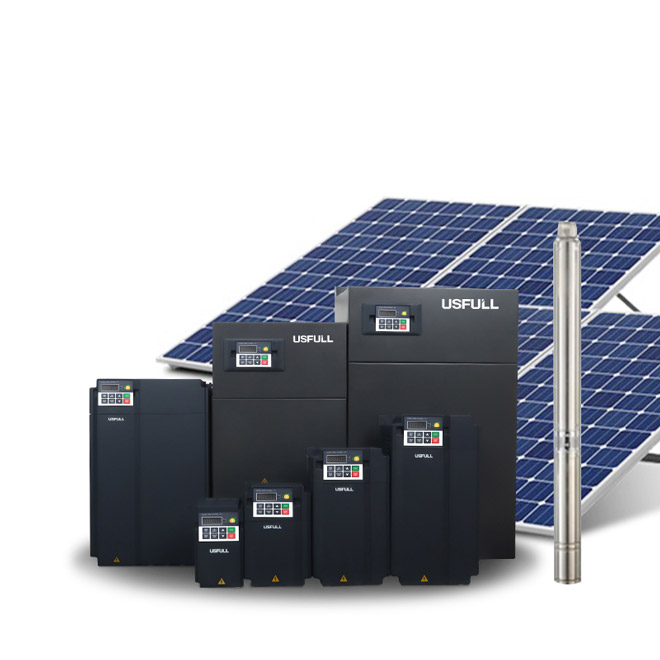Germany Producing More Renewable Energy Than It Can Use
Following a nuclear meltdown at Fukushima, Japan in 2011, the Angel Merkel-led German government decided to switch off nuclear power completely by 2022. Renewable energy was selected to replace nuclear energy, and the process was called energiewende, which translates to ‘energy transition’.
Five years later, they are well on track – and surpassing their own expectations. The windfarms in the northern part of the country are producing so much of renewable energy that the grid is becoming congested. Because this glut wasn’t anticipated, energy infrastructure is now 1.5 years behind the production. This has forced the federal government to rethink their plans, and halve the original target.
Because overhead transmission lines were considered to be ‘ugly’, the plans for transporting power to the south involved underground lines. Over 4,100 gigawatt hours of electricity (enough to power 1.2 million households for an entire year) that were generated couldn’t be transported to the south, owing to grid constraints. From what has been uploaded to the energy grid, Germany sells excess power to neighboring Austria. Andrä Rupprechter, Austria’s Minister for Environment, admits that buying from Germany is cheaper than setting up their own renewable energy plants.
Merkel is a former Minister for Environment herself, and knows a thing or two about renewable energy – she was a research scientist specializing in Physical Chemistry before she joined politics.
Germany is not the only country grappling with the problem. China too turns off its wind turbine farms when there is an overload as thermal power plants are harder to switch off when there is an overload. As a result, wind farms do not function for 15% of the time. Some provinces cannot use all the solar energy they generate. Insufficient infrastructure prevents them from exporting it to India, where several villages are yet to be electrified. India had a power deficit of 2.1% for the 2015-16 financial year, and owing to its dependence on coal, renewable energy has taken a back seat.
Across the North Sea, the United Kingdom is building a £18 billion nuclear power plant in Somerset, while India is seeking financial assistance from the United States for constructing more power plants to overcome its shortfall.
The way forward
Better power infrastructure, and more importantly, improved relations and a change in policy should enable the United Kingdom to buy energy from Germany and India to purchase from China. The technology is already present (India, for instance, already imports power from Bhutan) – all that is needed is the will. That, and a better understanding of why renewable energy is better than thermal or nuclear power. India and the UK could save billions of dollars by taking advantage of what Germany and China have already invested in renewable energy.
There is more to renewable energy than just economics – a social angle presents itself in the form of increased job opportunities in the sector. In Bremerhaven, a port city that saw unemployment peak at 26% in 2006, things are changing for the better. The new jobs in wind energy have reduced the unemployment rate by 11%.




